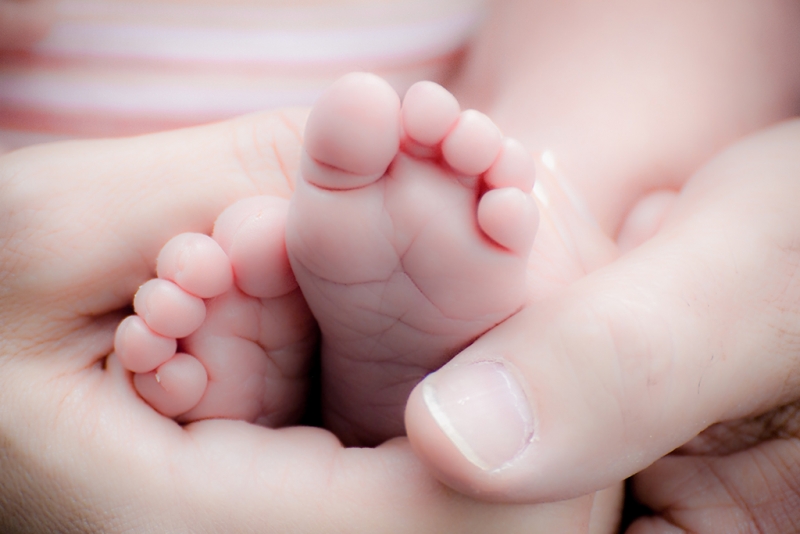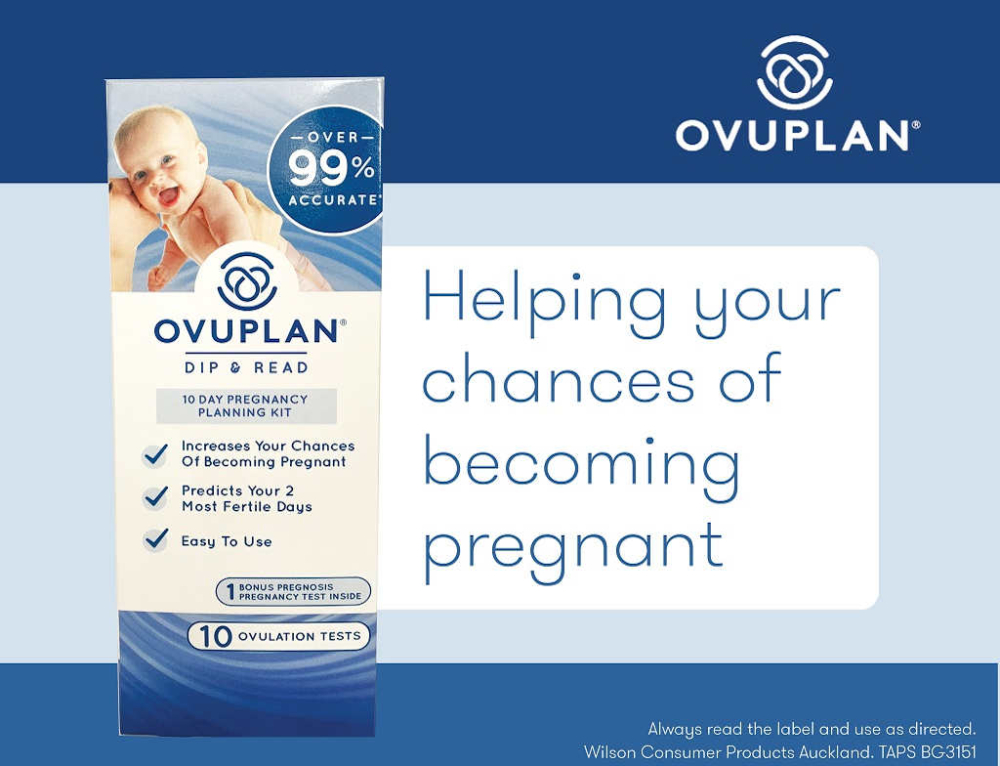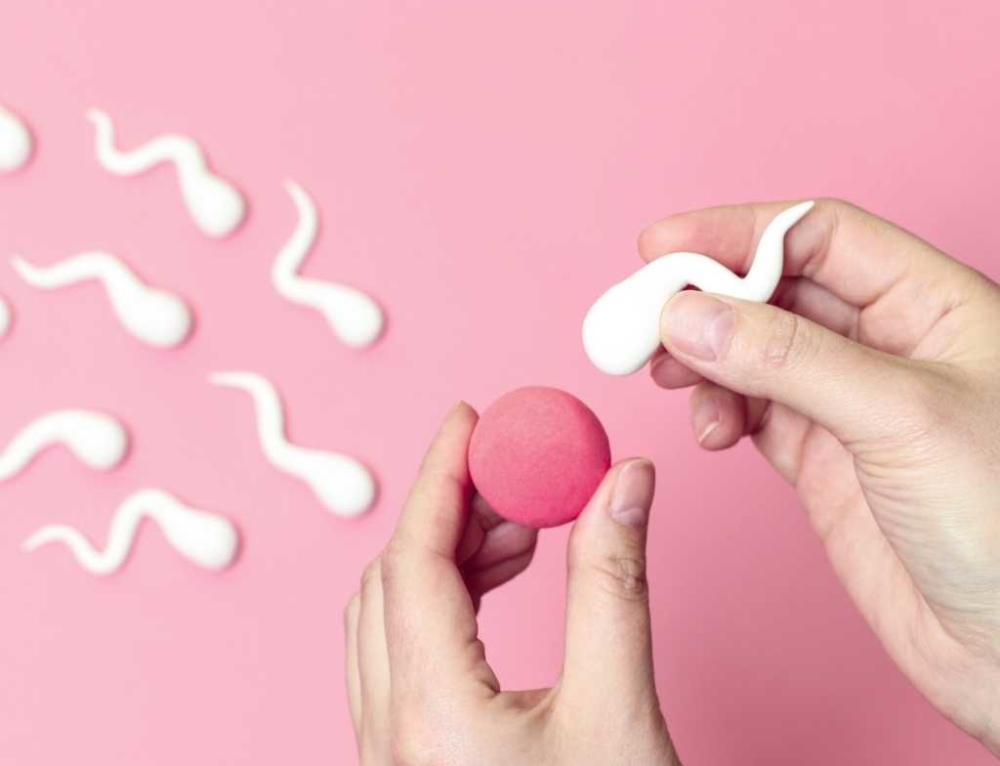Labouring and giving birth in water is a choice (if you are allowed to choose). The advantages below can be coincidental to this choice, and are mainly related to using the bath in labour, rather than having an actual water birth. There is no evidence to support that your baby will be ‘better’ because they were born into water birth and, as most water births are unplanned, it is important to be flexible and open to the possibility, rather than focussed on needing to achieve it.
Some physical advantages of using the bath can include:
Decreased need for medicated pain relief
Whether you end up having your baby in the water or not, the main motivation for most women getting into a bath during labour is to use a natural form of pain relief. In most cases it helps them avoid using medical forms of pain relief, along with their possible side affects (although a few women will use the gas in the bath as well). The warmth of the water directly relieves some of the pain, but the main way a bath works is by helping you feel more relaxed and less fearful. Within half an hour or so your body produces less of the of ‘fight / flight’ hormones (adrenaline and noradrenaline). These are the hormones you release when you are feeling anxious or threatened. As these are reduced the body produces more endorphin hormones, which give you natural pain relief. Groups of women using the bath in their labours have been shown to rarely use narcotic medications such as Pethidine.
Fast dilation of the cervix
Studies so far on this are inconclusive but there are many documented cases of women getting into the bath in good strong labour (more than 4 cms) and becoming fully dilated (10cms) within an hour or two.
It is believed that the body’s response to being emersed in the water increases the release of the hormone oxytocin. This usually only lasts for an hour or 2, so for women who get into the bath too early (less than 3 to 4 cms) they may find they progress well for a while but then the labour slows. Many women who enter the bath prelabouring find that the warm bath stops or slows their contractions within minutes of getting into the bath.
Lowering your blood pressure
For women who have mildly higher blood pressure, sitting in a warm bath will generally lower it back to within a more normal range. This is partly to do with relaxation and partly to do with dilating the blood vessels in the skin, which in turn lowers the blood pressure. (It is unlikely to work for women who have pre-eclampsia, a more severe form of high blood pressure in pregnancy).
If you are taking medications to help control your blood pressure be aware that ‘beta-blockers’ (usually medications ending in ‘ol’ such as propanolol, atenolol, metoprolol, and labetalol) can suppress the diving reflex in newborn babies (where the desire to take a breath is stopped until the baby surfaces). It is for this reason that women on beta-blockers, can labour in water but should not plan a water birth.
Less need for an oxytocin drip
If you are having a long and difficult labour or you feel you are not progressing because you are concerned or anxious or not dealing with the pain, then the bath may do the trick. Although inconclusive at present, some studies have shown that women who used the bath were less likely to need an oxytocin drip to augment their labour. (It must be noted that some women who get into the bath too early experience a slowing of their labour after an hour or two and then need an oxytocin drip to keep the labour progressing).
Less tearing and episiotomies
Although not all studies support this, there appears to be 12-18% decrease in tears for first time mothers who give birth in the water. The most startling finding is the dramatic reduction in episiotomy rates for women who give birth in the bath. This shows how protective the water can be against unnecessary interventions. (It is very hard for a caregiver to perform an episiotomy on you in the bath!). The physical reasons for less tearing could be attributed to the water softening or making the perineum more flexible, but more likely to be the warm water allowing the mother to relax her perineum more effectively, increasing the ability for it to stretch.
Satisfying birth experience
Surveys of women who have used a birthing pool generally reflect a positive birth experience for the mother. Women appreciate their ability to retain control of their labour and birth, the comfort and relief from the warm water, feeling ‘insulated and protected’ from the clinical surroundings and possible professional interference and the satisfaction in being able to avoid medical forms of pain relief.







Leave A Comment
You must be logged in to post a comment.